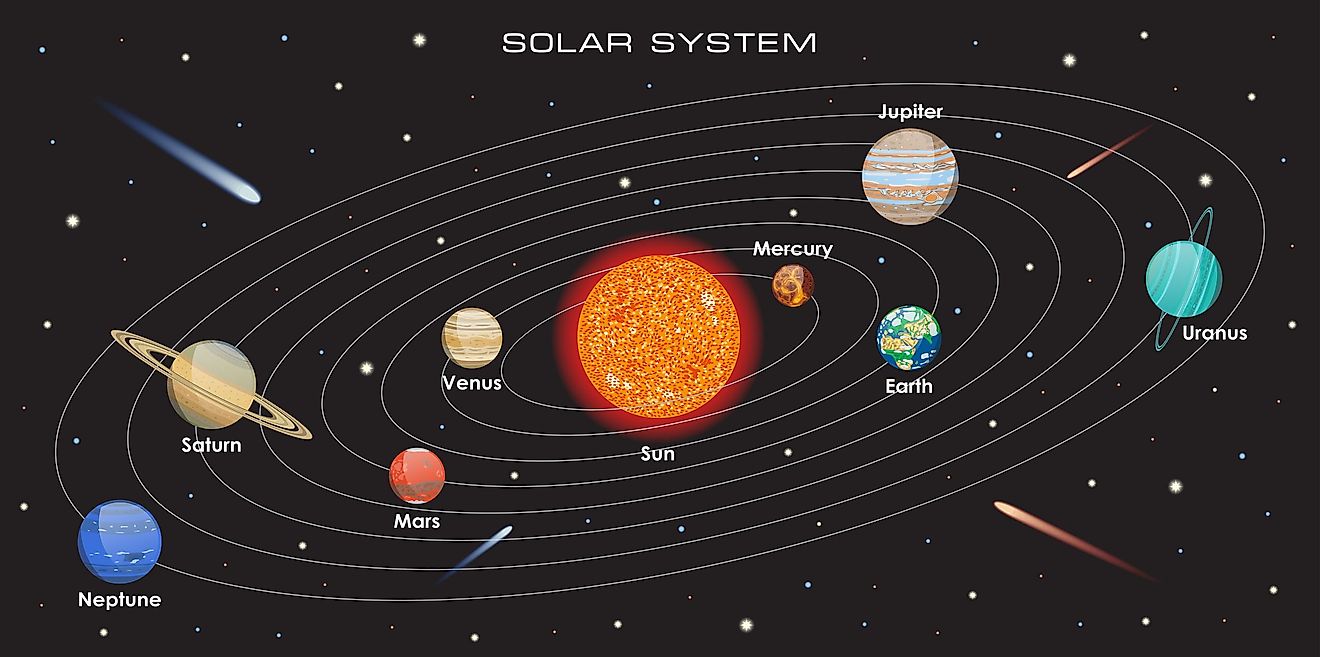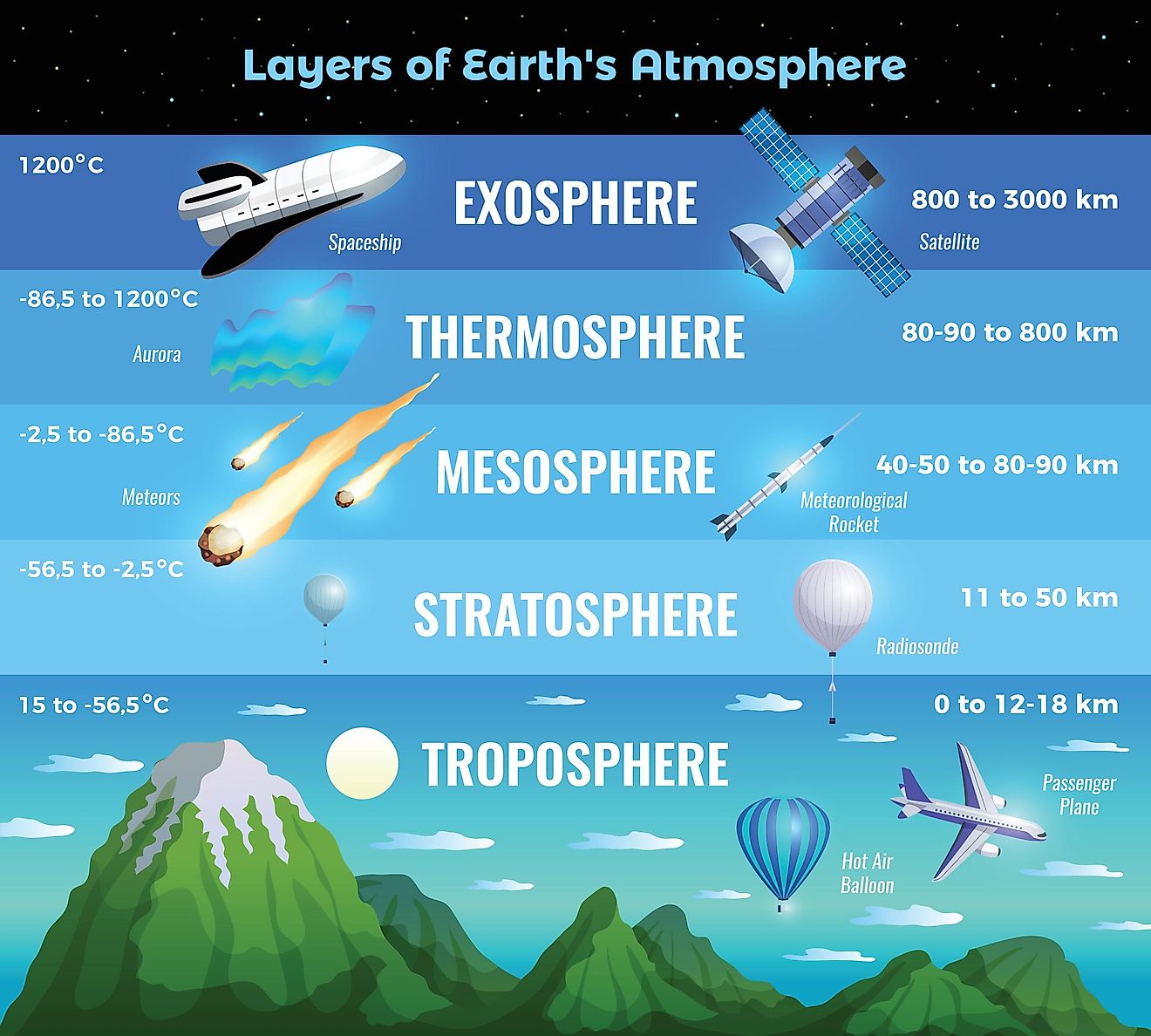
Volcanoes on the Dark Side of Our Moon
For the longest time, the Earth's Moon was thought to be a static world with not much occuring on its surface. Indeed, the last reported volcanic activity dates back more than a billion years ago. However, the recent discovery of volcanic activity on the dark side of the Moon has refueled interest in our companion. The perception of the dormant nature of the Moon was evidenced by the cold temperatures and apparent lack of tectonic activities, bringing to mind the image of a stable, ancient world—until recent discoveries cast doubt on this narrative. It turns out that the dark side of the Moon is not so dark after all.
The Dark Side of the Moon
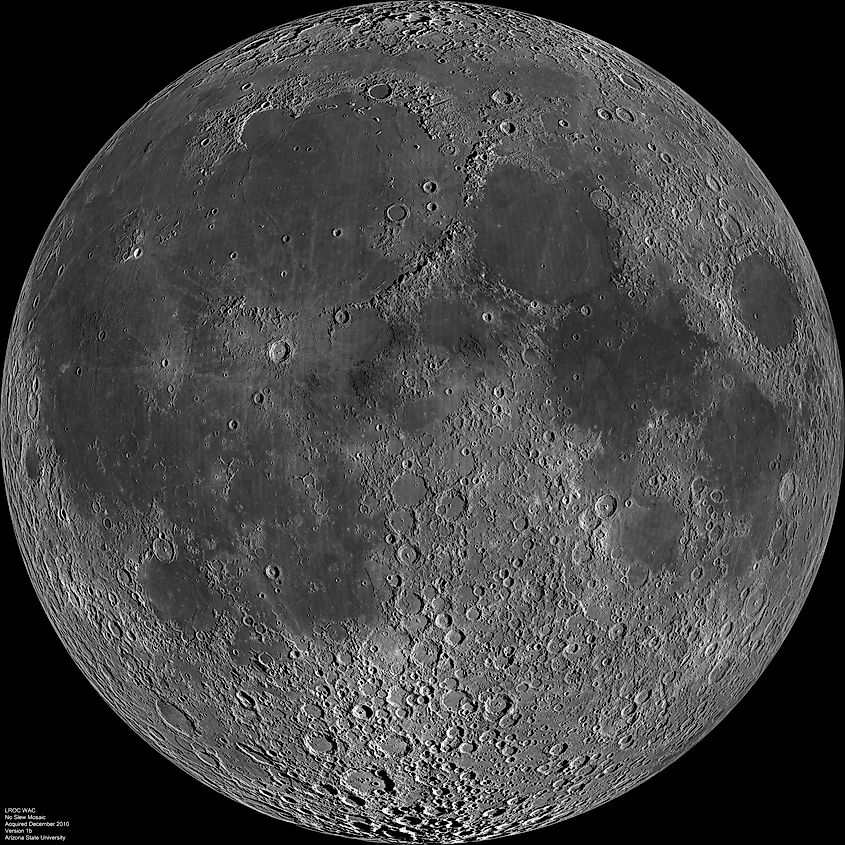
The Moon has two different hemispheres: the near side, which faces our planet, and the far side, sensationally referred to as the “dark side.” The near side is easily accessible to terrestrial observations because it directly faces us and is generally illuminated. The face of the Moon is formed by highlands and plains, giving it its iconic shape. Because of its proximity, the near side has been studied extensively for centuries. The patterns produced by the alternation of dark and light regions on the near side of the moon have fueled our imagination, with cultures interpreting them as reflections of animals like rabbits.
On the other hand, the far side remained hidden until humanity began exploring space, with expeditions unearthing a crater-laden landscape that lacks the distinctive features of the near side of the Moon. The drastic difference between the two sides is primarily due to the phenomenon of tidal locking: eventually, a mass such as the Moon orbiting a planet loses its tendency to change its rotation axis, leaving the Moon helplessly facing the Earth on only one side. Another stark difference is the non-uniform thickness of the dark side, which prohibits the prevalence of volcanic activity.
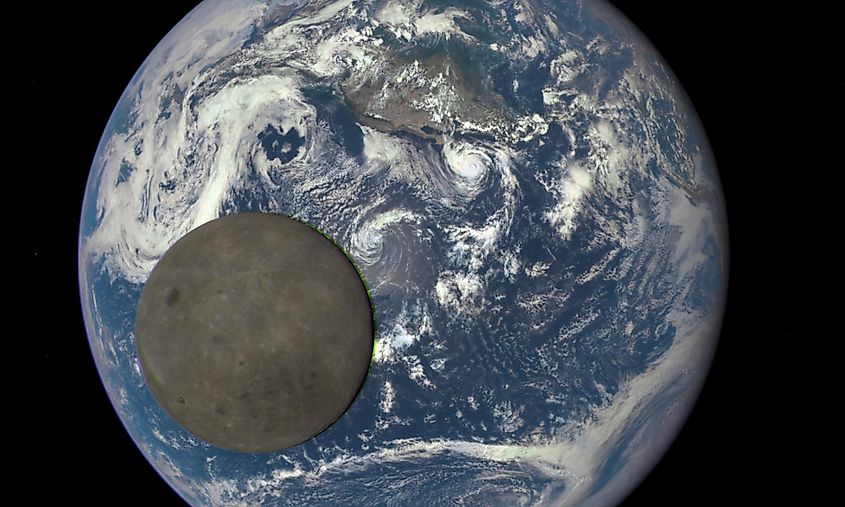
Despite its poetic name, the dark side is not continuously dark. As does the near side, the dark side experiences cycles of day and night as a consequence of the Moon's rotation around the Earth. The reason for its name is the mystery and intrigue that surrounds it, and the dearth of observation data on its structure. However, this hidden hemisphere has long motivated scientific investigation. Its isolation makes it the ideal medium for scientific studies requiring shielding from the Earth's magnetic interference, such as radio astronomy, cosmic ray detection, astrobiology, and radiation studies. This is one of the few features shared by both sides of the Moon, namely having an almost vanishing magnetic field.
Recent Volcanic Activity
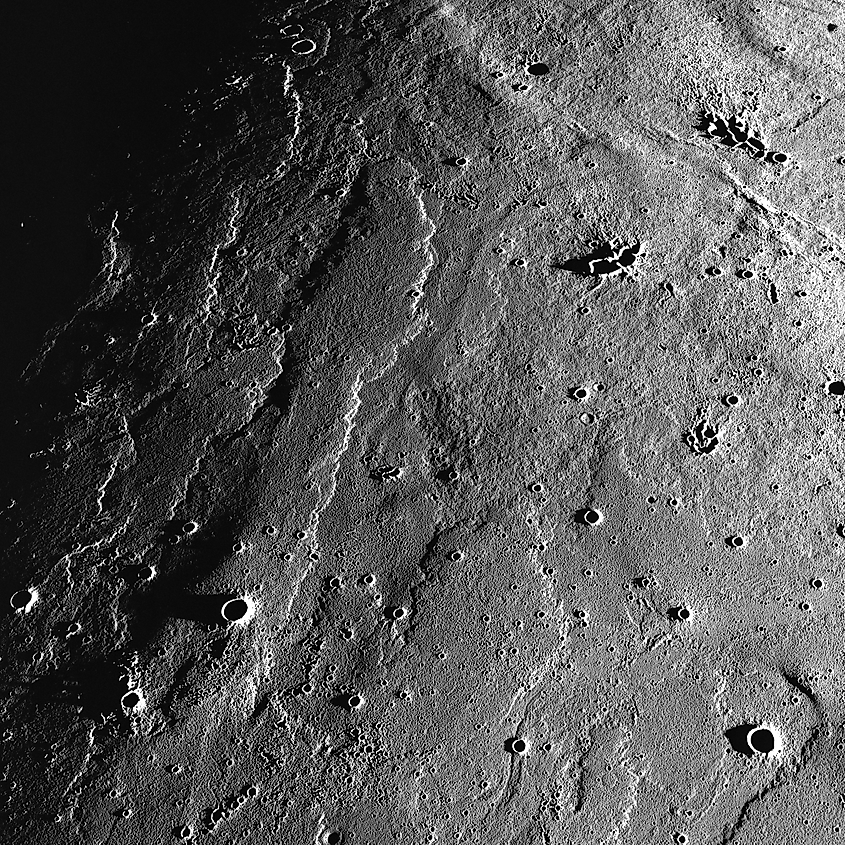
Advanced imaging and spectroscopic analyses from recent lunar envoys, such as China’s Chang’e-4 rover and NASA’s Artemis program, have revealed proof of fluctuations in temperature, such as heat anomalies, materials that seem to have been molten, and seemingly active volcanic processes and eruptions beneath the surface of the dark side of the Moon. These results make the story of the dark side much more interesting as they suggest that magma reservoirs may exist deep under the surface of the Moon. This puts the expectation that the dark side is dull and inactive to rest and reveals a more intricate structure than previously thought.
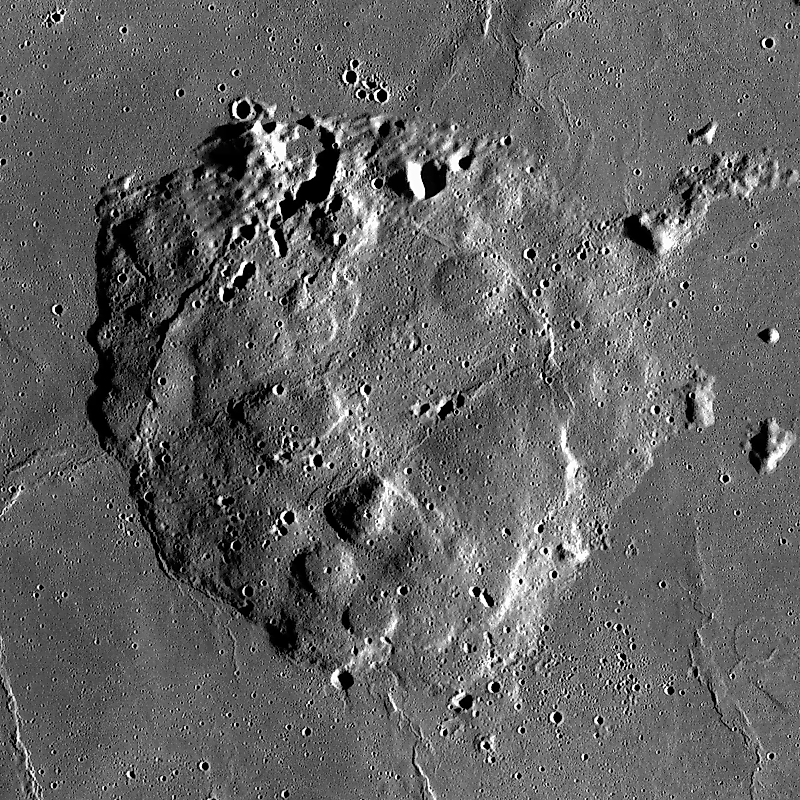
This recent discovery is both challenging and fascinating. The prevailing assumption in astronomy has been that the Moon had cooled entirely, leaving localized sources of heat as the only explanation for ongoing geological activity on the Moon. The fact that volcanism on the Moon's dark side has been observed means that this is not true. The findings also raise questions about the double role of the thicker crust of the far side, which was thought to be too thick for volcanos to form. Somehow, the dark side must have an interesting, unique composition that allows such processes to occur despite the thickness of its crust. While this expedition has revolutionized lunar geology, it also has more practical implications for space exploration. Future missions can plan lunar bases around active volcanic regions, which can help extract resources from the Moon for later study. This new era in our understanding of lunar science has reminded us that one must doubt and verify everything in science, no matter how obvious or familiar the terrain seems to us.







